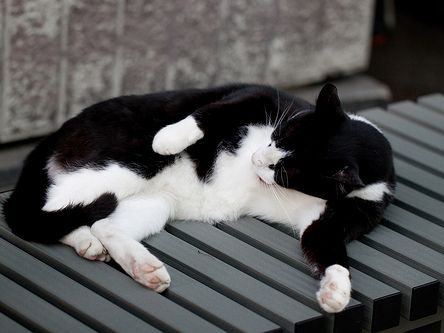
Cats are known for being clean creatures, often spending hours a day grooming their fur. But what happens when grooming becomes excessive? Overgrooming in cats is more than just a quirky behavior — it’s often a sign that something deeper is going on.
If your cat is licking, chewing, or pulling out fur more than usual, it may be time to investigate. Let’s break down the signs of overgrooming, explore what causes it, and discuss what you can do to help your feline friend.
What Is Overgrooming in Cats?
Overgrooming refers to excessive licking or grooming behavior that goes beyond what’s normal for a cat. While daily self-cleaning is healthy, cats that overgroom may develop bald patches, skin irritation, or even open sores.
This condition is sometimes called psychogenic alopecia when the cause is behavioral or stress-related. However, medical issues can also be to blame, so it’s important not to ignore the signs.
Signs of Overgrooming
Look out for these common signs that your cat may be grooming too much:
-
Bald patches, especially on the belly, legs, or sides
-
Red, irritated skin or sores
-
Hairballs occurring more frequently than normal
-
Excessive licking even when the fur looks clean
Common Causes of Overgrooming
1. Medical Issues
-
Fleas or parasites: One of the most common causes. Even indoor cats can get fleas or mites.
-
Allergies: Cats may be allergic to food, dust, pollen, or cleaning products.
-
Skin infections: Bacterial or fungal infections can make skin itchy and trigger licking.
-
Pain: Cats may groom excessively in areas where they feel pain — such as joints or the abdomen.
2. Behavioral Causes
-
Stress or anxiety: Changes in environment, new pets, loud noises, or lack of stimulation can lead to stress-induced grooming.
-
Boredom: Cats left alone for long periods or without toys may resort to grooming as a form of self-soothing.
-
Compulsive disorder: In rare cases, overgrooming becomes compulsive and may need professional behavior therapy.
Final Thoughts
Overgrooming in cats is not just a cosmetic issue — it’s a sign your cat needs help. Whether the cause is medical, behavioral, or both, early intervention can lead to better outcomes and a happier, healthier cat. Pay attention to your cat’s habits, and don’t hesitate to seek support if something seems off.
Learn More
For additional resources on cat behavior and grooming disorders, visit petopedia.xyz or consult your veterinarian or a certified feline behaviorist.
